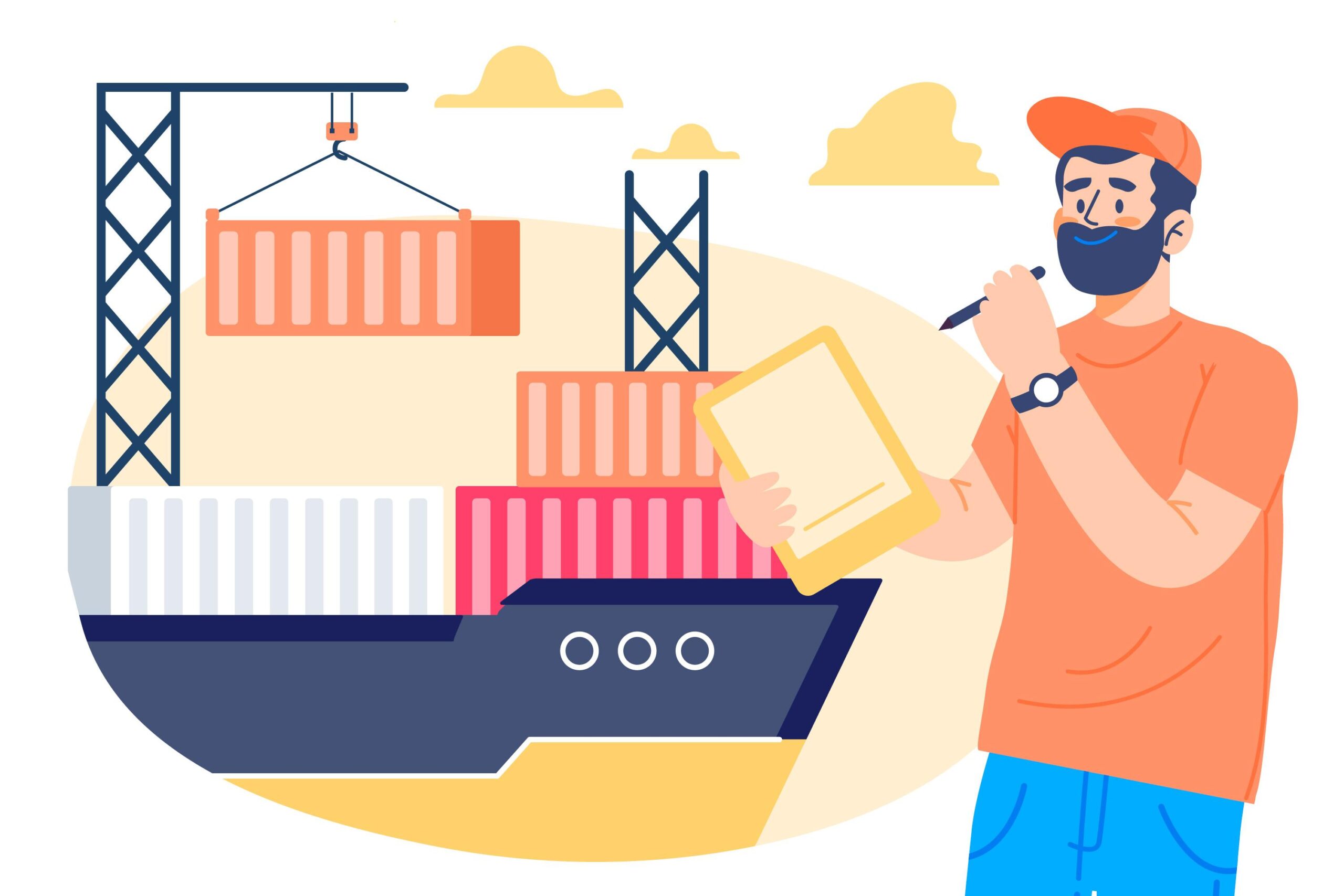
- August 29, 2023
- Admin
- 0
Understanding Docker and Kubernetes
Docker and Kubernetes are two important tools in modern app development. They often work together but do different things. Let’s break down what each one does.
What is Docker?
Docker is a platform that helps you create, package, and run applications in isolated containers. Think of a container as a small, portable box that has everything your app needs to run.
Key Features of Docker:
- Containerization: Packages your app and its dependencies into containers, ensuring it works the same everywhere.
- Portability: Containers can run on any system that supports Docker, no matter the operating system.
- Isolation: Each container runs separately, so apps don’t interfere with each other.
- Versioning: Docker images can be versioned, making it easy to recreate specific app states.
What is Kubernetes?
Kubernetes, often called K8s, is an open-source platform that manages containerized applications. It automates how these containers are deployed, scaled, and managed.
Key Features of Kubernetes:
- Orchestration: Automates the deployment, scaling, and management of containers across many servers.
- Scaling: Adjusts the number of app instances based on demand to use resources efficiently.
- Load Balancing: Distributes traffic to ensure all instances of an app handle requests evenly.
- Self-Healing: Monitors app health and automatically fixes problems by restarting or replacing containers.
- Declarative Configuration: You set the desired state of your app, and Kubernetes makes sure it matches that state.
How Do Docker and Kubernetes Work Together?
Docker creates and runs the containers, while Kubernetes manages them. In a Kubernetes setup, Docker containers are grouped into units called Pods. Kubernetes uses Docker to handle the actual running of these containers.
In Summary:
- Docker: Helps package and run apps in containers for consistency across different environments.
- Kubernetes: Manages and orchestrates these containers, handling scaling, deployment, and self-healing.
Together, they make it easier to build, deploy, and manage modern applications efficiently and reliably.
stay tuned: Kode Technolab

